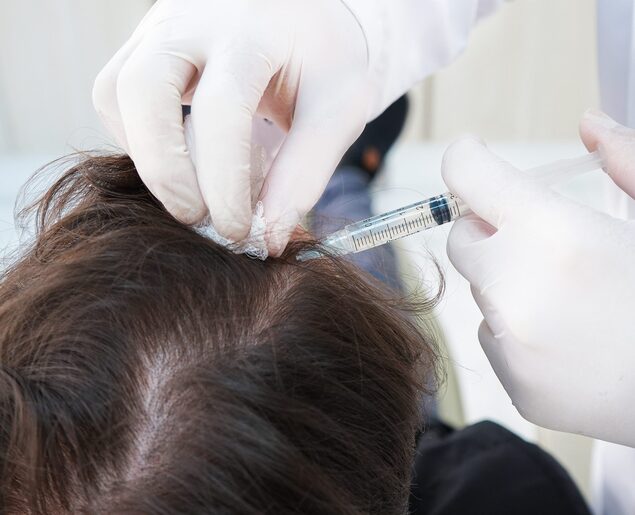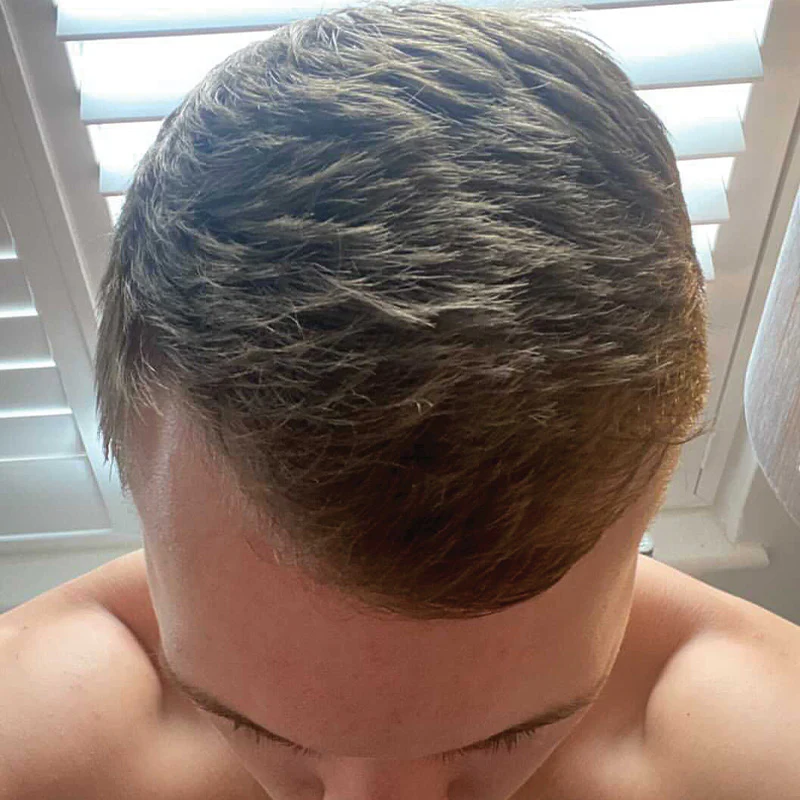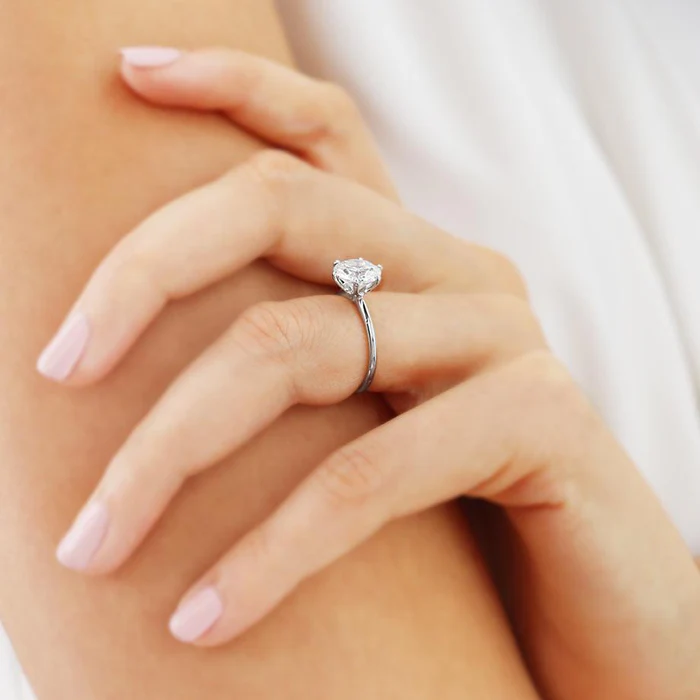
The landscape of hair restoration has moved far beyond basic shampoos and traditional lotions. One emerging treatment at the forefront is mesotherapy – a method that delivers a blend of nutrients, vitamins, and compounds directly into the scalp through a series of fine, strategic micro-injections. But just what makes up these injections, and why are more men turning to this targeted solution for thinning or receding hair?
This guide shares key insights about mesotherapy, looking at the science behind the treatment, what you can expect during a session, and who stands to benefit the most.
What is Mesotherapy?
Mesotherapy was first developed in France during the 1950s by Dr Michel Pistor. Originally intended for pain management and circulatory issues, the procedure gradually found a new purpose in aesthetic medicine, especially for concerns like skin rejuvenation and, most recently, hair loss. The core idea is simple but powerful: instead of relying on topical products or oral supplements, which must pass through various biological barriers, key nutrients are injected straight into the scalp’s middle layer—where they can be absorbed with maximum benefit.
The targeted delivery means the hair follicles, often struggling for nourishment due to poor blood flow or other factors, can be revitalised effectively. Over the years, the formulations have become increasingly advanced, and the technique has evolved to be more comfortable and accessible, using very fine needles to ensure minimal discomfort.
Breaking Down the Mesotherapy Formula
A major benefit of mesotherapy is that it can be tailored to each client’s unique needs.Clinics offering mesotherapy for hair loss tailor their formulas and treatment plans to individual needs, ensuring the injections target the specific causes behind thinning or shedding, but they generally include a blend of ingredients proven to support scalp health and hair growth:
B-Complex Vitamins: These vitamins, including Biotin (B7) and Niacin (B3), are …



